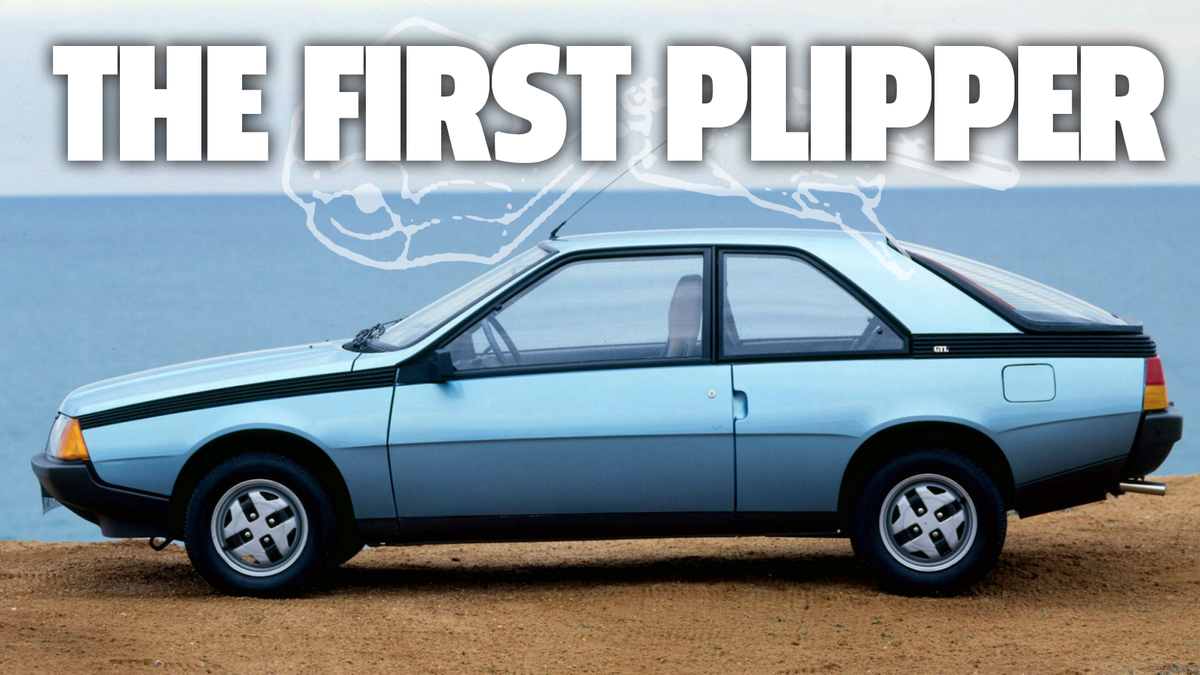I Had No Idea The Renault Fuego Was The Car With This Huge Automotive First


Earlier today, I wrote about a fictional ’80s-era EV on a television show and how it had a remote locking system that featured, comically, a telescoping antenna. Because our commenters are composed of the world’s most elite group of painful car geeks, I was soon informed that even in our boring old reality, there were remote key fobs in the early 1980s, and they required no ridiculous antennae. And the first car to feature such an innovation was one I’d not expected, and this realization affected me so much that I’m writing about it right now.
The car was the 1983 Renault Fuego (starting in late 1982), and the innovation was remote locking.
Yes, that’s right, the often-ridiculed Fuego was the pioneer in something that is expected on pretty much all new cars today: the ability to click a button on a little oblong in your pocket and have your car lock or unlock.
The locking system even had a funny nickname, at least in European markets: plip, for the act of clicking the little fob, which was called a plipper, named for Paul Lipschultz, the inventor of the system.
Lipschultz worked for Niemans, and developed a number of automotive security devices, including the electrically actuated lock system that could be controlled via a stream of infrared data from a small handheld fob.

Renault soon pushed the tech to other models, like the surprisingly-dull-for-a-French-car, the Alliance:

The basic technology really wasn’t that much different from an infrared television remote, but to most car buyers in the early 1980s, it probably seemed pretty magical. Controlling mechanical things at a distance wirelessly is still a strangely satisfying action, even for all of us so spoiled by supercomputers in our hands.
Give someone with the latest iPhone and a brand-new laptop a little handheld button that will make something on a floor or table hop or move and they’ll play around with it for a bit, I guarantee it. This is part of being human. So you can see how hearing the thonk of the locks and seeing the indicators flash from across a couple of parking spaces would have been so satisfying.
The plipper also let Renault have cheekily deceptive ads like that one there that suggested the car was fast, but actually meant, you know, fast at unlocking. Really, the Renault 18-based Fuego wasn’t all that fast.
The Fuego was a great-looking car, I always thought, and even if it wasn’t terribly engaging to drive, this is an extremely significant first to have under its black plastic, ribbed belt.
The last time I saw a Fuego I was actually in Tierra del Fuego, and it wasn’t really in such great shape:

I wonder if the owner of that dilapidated Fuego, possibly held in place by a bag of Smug-brand dog food, had any idea what an important place in automotive history the car had.
I’m inclined to think they did. After all, if they didn’t care, they’d have just used some store-brand dog food to act as a parking brake.







